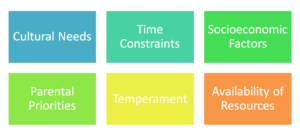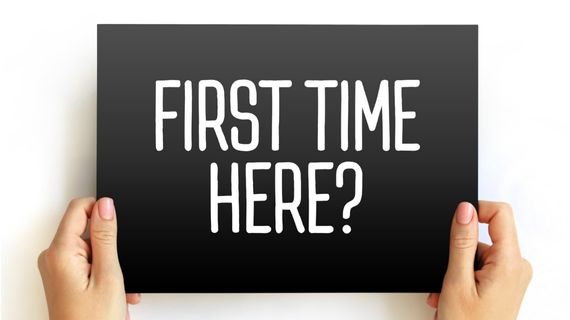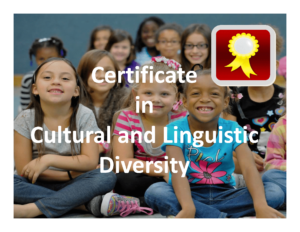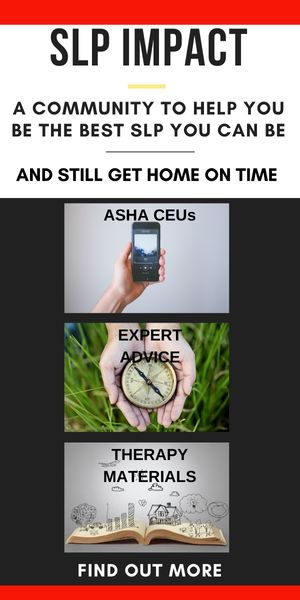Can I do this?
During my college days, I spent time thinking about my team’s football schedule, listened to the woes of Matchbox 20 and heard the adamant cries of using evidence-based practices (EBP) from my professors. Somewhere along the way, this sole task made me anxious. Am I using the latest research? Where do I find the time to read research? Am I smart enough for all of this?
What is Evidence-Based Practice?
Today, I want to take us back to the basics of EBPs, and gut tells me you’re doing more than you think. What does our ASHA Mothership say? EPB is comprised of three, equal parts:
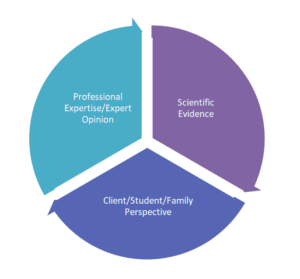
EBP is made up of three parts? What?! I know. I know. First, we all know about the research part. When I work alongside SLPs who are worried about the research, I see that they are naturally using strategies that are supported by the research: modeling sounds, drill-based speech therapy, literacy-based interventions, social skills groups, scaffolding language, etc. If this part still overwhelms you, I’ll give you some helpful and easy-to-use links. I’m sharing three of my most used EBP resources:
Autism EBP
National Professional Development Center on Autism Spectrum Disorders (NPCD): NPDC used a rigorous criteria to classify 27 focused interventions as EBPs.
Autism Internet Modules (AIM): AIM provides online modules for 24 evidence-based practices.
Literacy-Based EBP
Literacy-Based Speech and Language Therapy Activities: This tool provides EBPs for using literacy-based interventions and provides templates for book-based activities for ages 3 to adulthood.
EBP per ASHA
This site will offer EBPs for language, speech, fluency and more.
Second, and equally important, is your expert experience and opinion. I’ve walked into a space filled with SLPs, and we are not a shy, quiet group. You have your (awesome) experience, and you should trust it. Personally, I feel like we start doubting when we are unsure. Remember, our profession is built on continual learning (hello, CEUs!). If you do not know, it’s okay. This is when we reach out to Google Scholar, asha.org and our SLP-peers.
Last, we need to consider our clients, students and their family perspective. For me, this is where we listen and consider what’s most valuable to those we serve. This includes the following: 